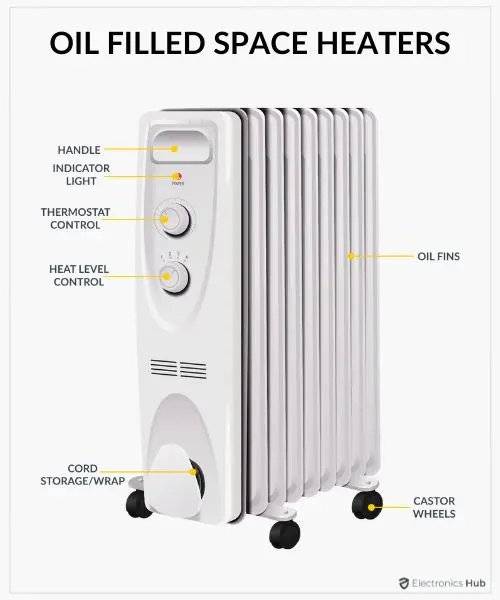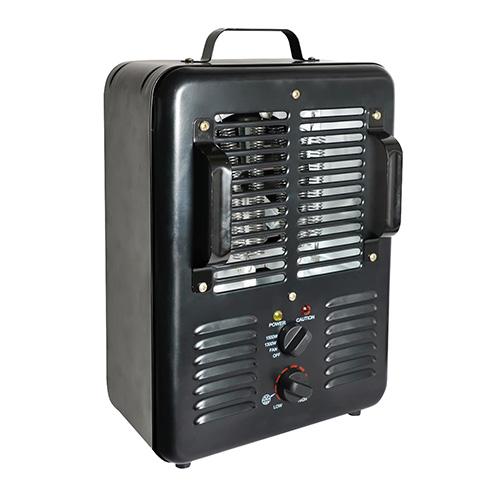1 Source Portable Air - An Overview
Wiki Article
The Single Strategy To Use For 1 Source Portable Air
Table of ContentsThe 7-Second Trick For 1 Source Portable AirOur 1 Source Portable Air StatementsWhat Does 1 Source Portable Air Mean?All about 1 Source Portable Air1 Source Portable Air - An Overview
Running prices are based upon an electrical power cost of 40c/kWh. The costs for 3 months' use in winter are based on 500 hours utilize, or around 6 hours per day for 3 months. Optimum heat result is based on the optimum power level of the versions we have actually tested (we concentrate on higher electrical power heating systems).
On average, little fan heating systems are less pricey to purchase, but can have greater running costs. Oil column heating units will be the most inexpensive on the market to run (on average) but just by a slim margin in advance of convection heating systems (like panel and micathermic panels).
Getting My 1 Source Portable Air To Work
If you have a relatively easy to fix ceiling follower, it'll aid distribute the heat around the room much more equally. The models in our electrical heating systems examination generally array in price from well under $100 to over $900, yet we have actually found a higher price doesn't always suggest better efficiency. A variety of costly heaters have failed to thrill our testers, while some cheaper versions make for remarkably bargains.As the name recommends, they emit warm from a red-hot home heating element (so the family members will have to take turns sitting in front of it). Glowing heating systems are fairly cost-effective.
Radiant heaters typically cost in between $20 and $200. Oil-filled column heaters do not actually shed oil they make use of electricity to warm the oil that's sealed inside their columns or 'fins'.
10 Easy Facts About 1 Source Portable Air Shown
Some column heaters aren't even oil-filled yet rather use various other material or home heating innovation to work similarly - 1 Source Portable Air. The threat of fire with an oil column heating unit is low compared to other heater types, however never ever absolutely no. Oil heaters don't have actually revealed aspects like radiant heating units do, and their surface temperature is reduced than several various other heating system kinds pop over to this site (their large area makes up for it)Oil column heating systems will not blow up, and while they don't shed their oil to create warmth, it's still combustible, so there is a fire threat if the oil leakages, if the heating system topple and leaks, or if combustible objects or material enter contact or drop on the heater. You must exercise the same level of caution with oil heating units when it comes to various other heater types, and never ever hang towels or clothing over one to dry them utilize a drying shelf instead, at least one metre away.
Column heating systems are particularly beneficial in areas where they'll be switched over on for long periods of time or where they'll operate unattended, such as overnight in a room. The surfaces you're most likely to discuss a column heating system don't get as warm as other sorts of electric heating systems. You can make use of a ceiling follower on very low speed to help the column heating system to disperse the heat faster and more uniformly.
Oil-filled column heating units generally set you back between $50 and $450. Convection and panel heating units attract cool air over an electrical heating aspect.
1 Source Portable Air - Truths

Convection and panel heating systems are more portable than their oil-filled column heater counterparts due to the fact that they're substantially lighter. They'll heat up the air in a space uniformly and rapidly. Like a column heater, you can make use of a ceiling fan on very low rate to distribute the warmth quicker and much more equally. Some designs, especially panel heating units, are relatively expensive to buy.

Rumored Buzz on 1 Source Portable Air
Fan heating units are usually smaller sized and more mobile than other electrical heaters. They likewise are available in the kind of tower follower heaters, which can be better for dispersing heat around bigger rooms as a result of their taller profile. They can warm additional info the air in a room more rapidly, uniformly and promptly than a few other heating system types.They can be quite loud with the fan on complete power, however are generally fairly quiet at lower follower rates. Fan heaters (ceramic or otherwise) typically price in between $60 and $900. Ceramic fan heating systems aren't necessarily any kind of different in price to non-ceramic versions. A fairly recent entrant right into the consumer market, infrared heating systems warm the area like the sun heats your face (without the UV rays so no danger of skin cancer). 1 Source Portable Air.
Report this wiki page